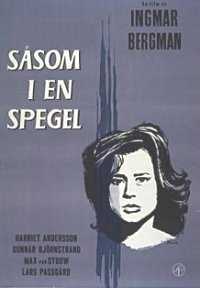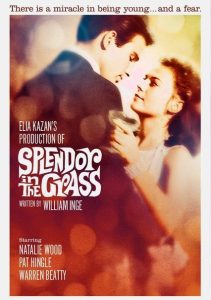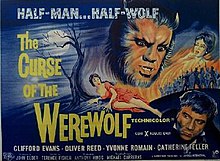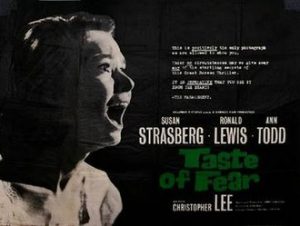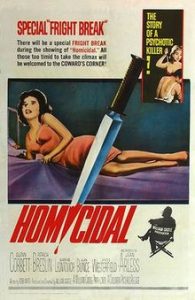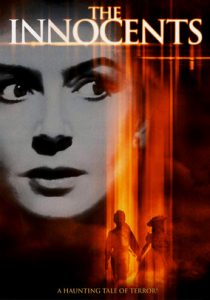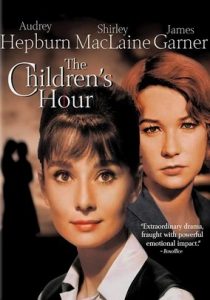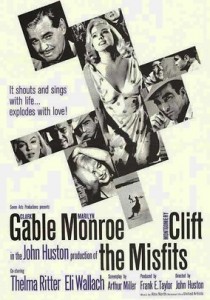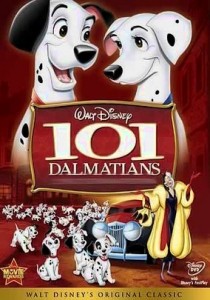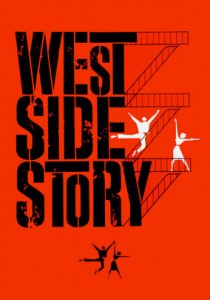Through a Glass Darkly-1961
Director Ingmar Bergman
Starring Harriet Andersson, Gunnar Björnstrand, Max von Sydow
Scott’s Review #1,377
Reviewed July 15, 2023
Grade: A
Recently acquiring a robust Ingmar Bergman collection featuring over three dozen of the great director’s works, I have much introspective filmmaking to look forward to.
Considered visionary, influential, and many other stellar adjectives, his films are personal and human. They are frequently dark and not easy watches but the payoff is quite big for the patient cinephile.
His 1961 work, Through a Glass Darkly (1961) tells the story of a schizophrenic young woman, Karin (Harriet Andersson), vacationing on a remote island with her husband Martin (Max von Sydow), novelist father David (Gunnar Björnstrand), and frustrated younger brother Minus (Lars Passgård).
She has been released from the hospital and plans to enjoy the summer in tranquility at the family’s quaint cottage.
She slowly unravels as the reality sets in that she may not get better and the family is aware of this.
The story is told in a brisk twenty-four-hour period and consists of only the four aforementioned characters. It is structured as a three-act play in a very short ninety-one-minute run.
Let’s remember that mental illness was not as advanced in 1961 as it is decades later. Most who suffered from it were tossed away into a ‘loony bin’ and quickly discarded from society.
Delving into such controversial and unpleasant territory in 1961 deserves huge accolades.
The brilliance of Through a Glass Darkly is how Karin realizes her mental illness and its fateful ravages. She is aware of what’s happening to her and that she will never recover. After all, the hen’s mother also suffered from mental illness.
Her rich characterization is powerfully played by Andersson who is the standout in the film. This could be a result of Sven Nykvist’s cinematography but sometimes Karin looks like a little girl and other times a haggard older woman.
I wonder if Bergman was trying to show the parallel between Karin and her mother.
Speaking of the camerawork, as in Bergman’s films the black-and-white style only enhances the quality of the picture. The contrast between black and white and the frequent close-ups of the characters reveal glowing and ghostlike facial images.
I champion shots like this because it enriches the visual perspective and shifts away from the story momentarily.
Andersson is not the only actor who is excellent and second place belongs to Björnstrand as the father. His character is a writer and deeply pained. Revealed to have tried to commit suicide he is riddled with guilt, regret, and desperation.
von Sydow is decent as Karin’s husband but the actor has much better Bergman roles to reflect on. Any cinema lover will immediately associate the great actor with The Seventh Seal (1957).
Towards the end of Through a Glass Darkly, I didn’t quite connect the dots when the characters go into detail about how god is equated with love.
My focus was more on Karin and the other characters coming to terms with the fact that she would go to an asylum and never return.
What Bergman does so well in Through a Glass Darkly is he makes the audience envelop the characters, accepting and feeling their pain. I despair along with Karin when she imagines a spider emerging from the walls and crawling on her.
Of course, the audience doesn’t see what Karin imagines which makes the scene much scarier than if Bergman had shown a giant spider.
One’s imagination is always worse than what is on the screen.
Requiring patience and a deep dive into despair, Through a Glass Darkly (1961) is worth the work. Lovely beachside images and beautiful sunlight mix perfectly with anguish and depression creating an intimate experience.
Oscar Nominations: 1 win-Best Foreign Language Film (won), Best Original Screenplay
